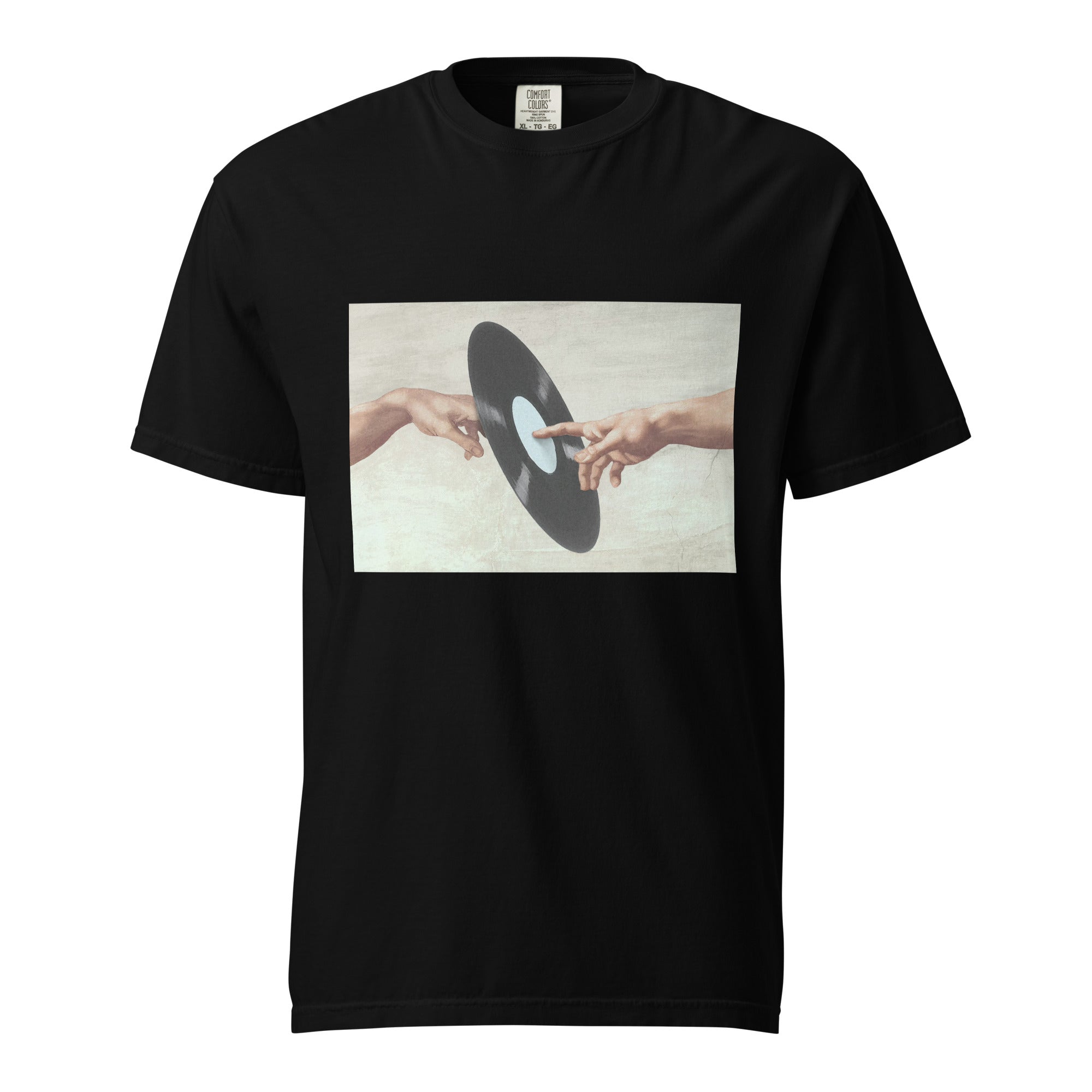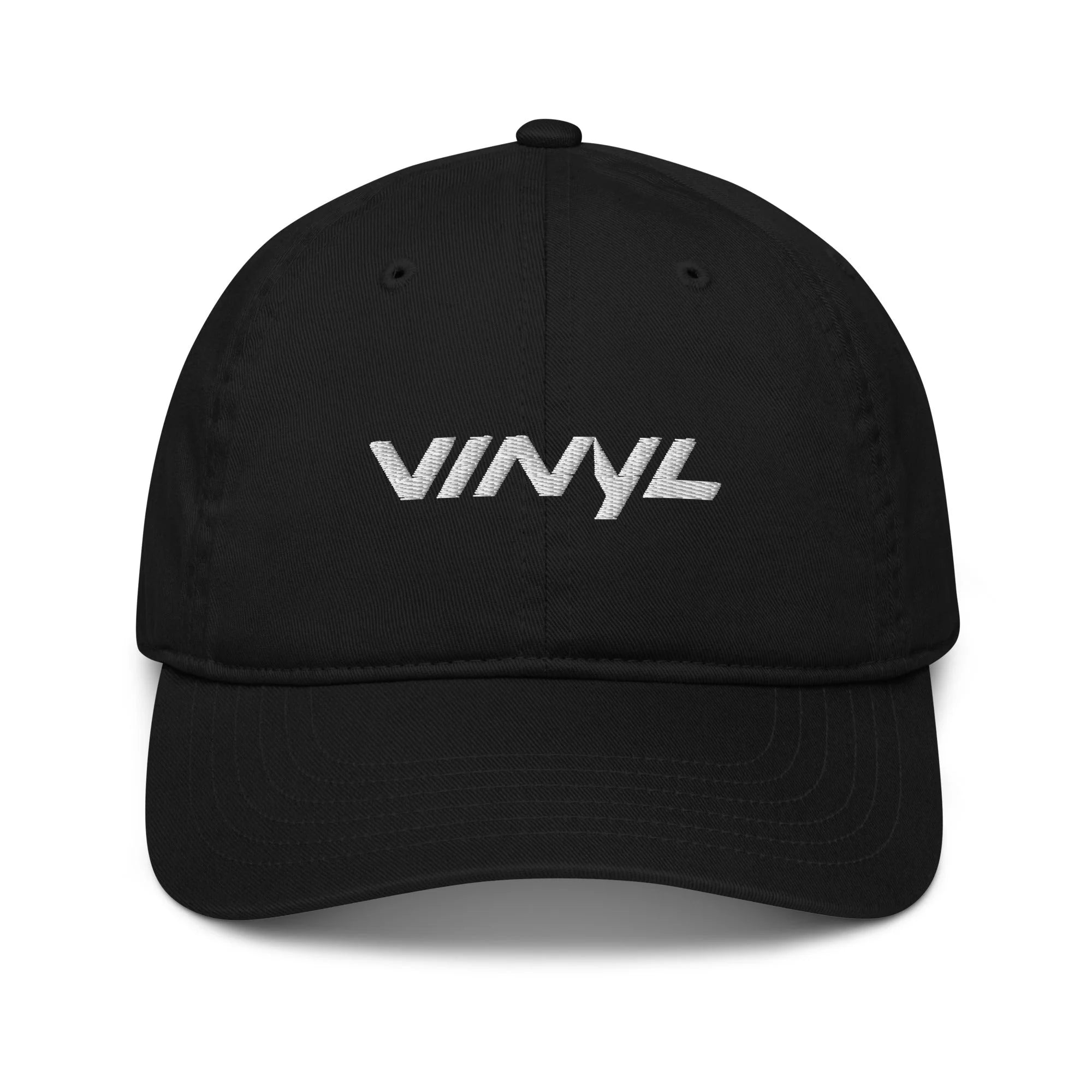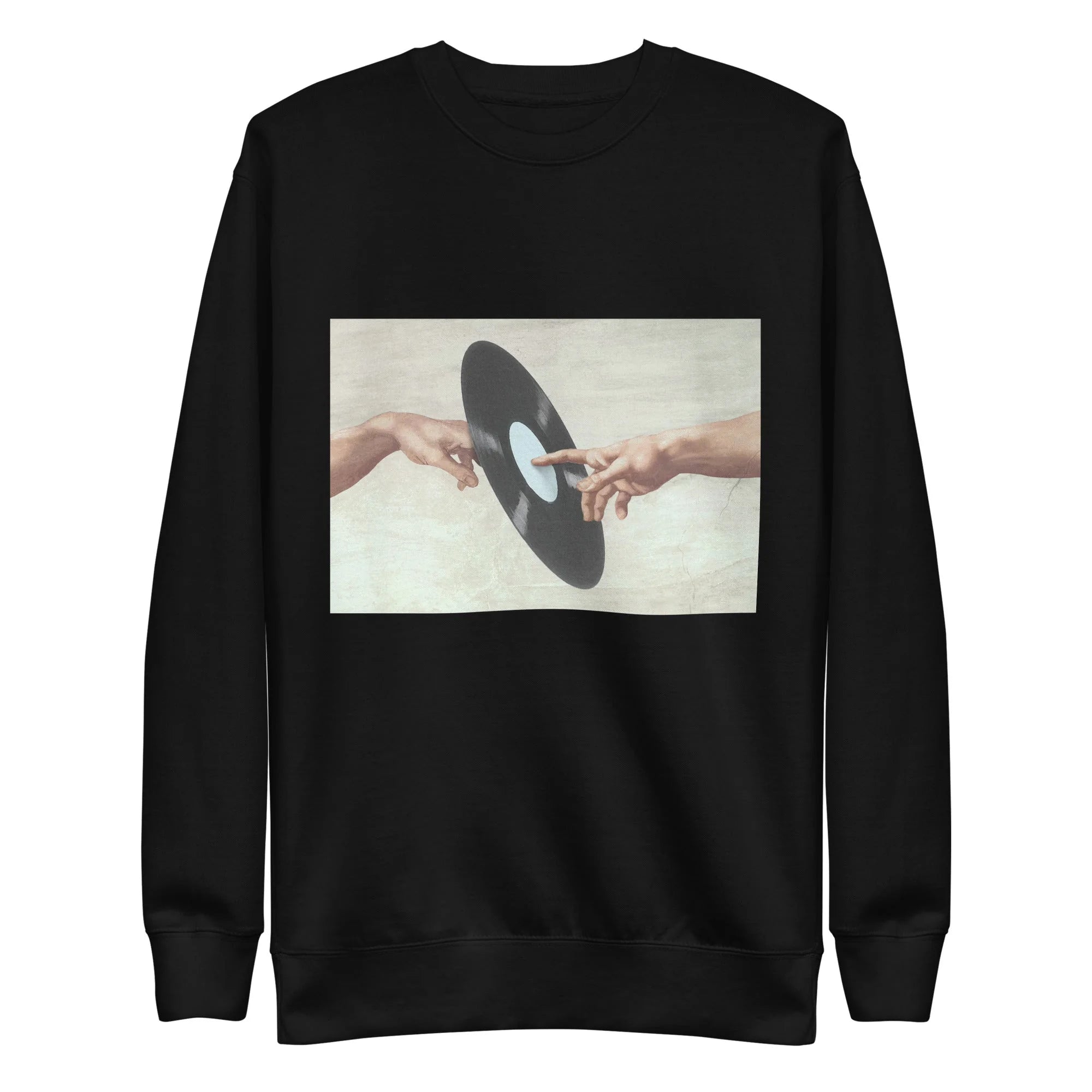Vinyl record hunting refers to pursuing rare and unique vinyl records, often from past decades, which hold cultural, historical, or personal value. This activity captures the essence of treasure hunting as enthusiasts sift through various collections at flea markets and thrift shops, hoping to find that one elusive record. It's more than just shopping; it's a quest for a piece of auditory history that resonates personally. This connects music lovers with the past, bringing tangible nostalgia that can be experienced through vinyl's sights, sounds, and smells.
Thrift Shops and Flea Markets for Vinyl Records
Exploring the Unique Atmosphere
Flea markets are a treasure trove for those looking to find rare vinyl records. These are not just shopping venues; they're vibrant gatherings that invite you to immerse yourself in the thrill of the hunt. Each stall presents its mini-archive of history, where every item has a story. As you move from booth to booth, you'll find that knowing how to spot rare vinyl records becomes an adventurous expedition. It's about more than just finding a record - it's about experiencing the culture of past decades reflected through music and art.
Advantages of Thrift Shops
Thrift shops for rare vinyl records offer a different appeal from flea markets. These shops are known for their affordability and unexpected discoveries. They are often overlooked, which means they can harbor some of the most sought-after records at prices significantly lower than specialized stores. Thrifting for records allows collectors to buy rare vinyl records without straining their budgets. Also, thrift shops frequently refresh their inventory, drawing in regular customers eager to snatch up new arrivals before they disappear.

The Excitement of Uncovering Hidden Treasures
One of the most exhilarating aspects of vinyl record hunting at flea markets and thrift shops is the potential to uncover hidden vinyl records that are often missed by others. The chance to discover a rare pressing or a sought-after album sitting unnoticed in a crate is a compelling lure for any collector. This excitement is heightened by knowing you might be just moments away from finding a gem. It's like a scavenger hunt where the prize can be a valuable addition to your collection, often found among less notable or overlooked pieces.
Comparing In-Person Hunting with Online Searches
Comparing the tactile experience of in-person hunting with the convenience of vinyl record store online searches reveals distinct benefits and drawbacks. In person, you get the sensory experience and the thrill of immediate discovery. Online, however, offers a broader reach and often more information on the rarity and value of the records. Both methods are in the modern collector’s strategy, but the in-person search retains a nostalgic allure that digital platforms can't replicate.
Understanding Rare Vinyl Records Online
Indicators of Collectible Value
Collectors use various indicators to determine a record's potential value when assessing rare vinyl records at thrift shops or flea markets. Below are the key indicators that seasoned collectors use to evaluate a vinyl record’s collectibility:
- Pressing Information: First pressings, which are the original production runs closest to an album’s initial release, tend to be the most valuable because they represent the earliest available versions. Collectors often check the matrix number—engraved in the record’s run-out groove—to verify whether a record is a first pressing or a later reissue. These numbers, sometimes containing letters or unique etchings, can also indicate which plant manufactured the record and whether it was an early batch. Some albums had different pressings for different regions, with certain countries producing more desirable editions due to unique mastering techniques or superior sound quality.
- Limited Editions: These records are typically produced in smaller quantities, sometimes individually numbered, making them highly desirable among collectors. Record labels may release limited editions for special anniversaries, promotional purposes, or exclusive events, increasing their appeal. Some limited-edition records come with alternative cover artwork, bonus tracks, or unique packaging that distinguishes them from standard pressings. Collectors particularly seek out records with limited distribution, such as test pressings or promotional copies sent to radio stations before an album’s official release. While some limited editions gain value over time, others depend on demand within the collector’s market. Checking online databases or auction sites can help determine how rare a specific edition is and whether it’s likely to appreciate over time.
- Condition: The condition of a record significantly affects its collectibility and price. Records that are still in mint condition, meaning they have never been played and show no signs of wear, command the highest prices. Even slight surface scratches, sleeve scuffs, or warping can decrease a record’s value, as imperfections impact sound quality. Collectors assess records using a grading scale ranging from Mint (M) and Near Mint (NM) to Good (G) and Poor (P) conditions. The sleeve condition also plays a role in valuation, with records in their original covers—especially if free from ring wear, stains, or seam splits—being more desirable.
- Original Packaging: Complete original packaging can enhance a record’s value significantly. Items like shrink wrap, hype stickers, original inner sleeves, posters, or lyric booklets contribute to collectibility. Many albums, particularly from the 1960s and 1970s, included inserts such as postcards, fold-out posters, or even custom artwork designed by the artist, making these versions more desirable. In some cases, gatefold albums with intact seams and clear print quality fetch much higher prices than their worn counterparts. Some records were initially packaged with unique promotional materials that were easily lost over time, so finding a copy with all original elements intact can be a rare find.
- Market Demand: No matter how rare or well-preserved a record is, its value ultimately depends on market demand. Previously overlooked records may surge in demand due to cultural revivals, documentaries, or artist resurgences. Limited reissues can sometimes affect the value of an original pressing, as new versions may either drive up interest or reduce scarcity. Awareness of shifting trends helps collectors decide whether to hold onto a record or sell it at peak value.
- Unique Features: Colored vinyl pressings, particularly those from early production runs, tend to be highly sought after because they were initially produced in limited quantities. Picture discs, which feature artwork printed directly onto the vinyl surface, are also desirable due to their visual appeal, though they sometimes compromise sound quality. Some albums, such as 10-inch records or odd-shaped picture discs, were released in non-standard sizes, making them unique display pieces. Other distinctive features, like hand-signed autographs, misprints, or rare label variations, can make a record even more collectible.
Recognizing the factors that influence a record’s value allows collectors to make informed decisions and build a valuable collection over time. As vinyl continues to grow in popularity, staying informed about these key indicators ensures that collectors can confidently assess and invest in records that will stand the test of time.
The Historical Significance Behind Rare Pressings
Albums released during pivotal moments in music history, such as The Beatles’ "White Album" first pressing, are highly treasured. These pressings are snapshots of musical eras, often embodying their time's technical and cultural conditions. Collectors value these records not just for the music on them but for their place in the continuum of musical evolution. They are not merely objects of listening pleasure but artifacts that hold the story of music itself, making them profoundly significant in enthusiasts' and historians' eyes.
Preparing for Your Vinyl Record Hunt
Creating a Checklist of Desired Items
Before heading out to search for vintage vinyl record-hunting opportunities, preparing a checklist of specific albums or artists you're targeting is crucial. A focused approach not only saves time but also prevents impulse buys that don't align with your collection goals. By listing desired records, you can quickly reference your priorities when encountering multiple options, ensuring that your purchases are intentional and meaningful. Having a checklist helps in researching market prices ahead of time, which is essential for making informed decisions when you buy vinyl records.
Researching Local Markets and Shops
To find rare vinyl records at flea markets and thrift shops effectively, it’s important to familiarize yourself with the local scene. Online forums and social media groups can provide insights and recommendations from fellow collectors. Knowing when and where these markets operate can significantly increase your chances of success. Visiting multiple locations might expose you to a broader range of records, increasing the likelihood of finding something truly special.

Budgeting and Setting Priorities
While it’s tempting to buy every interesting album that crosses your path, a well-structured budget helps collectors remain disciplined and strategic. Affordable rare vinyl records can vary significantly in price, and unexpected finds often test the limits of a budget. Below are key strategies to manage your budget:
- Assess Your Finances: Determine how much you can comfortably allocate to your vinyl collection without affecting essential expenses like rent, bills, and savings. Vinyl collecting is a rewarding hobby but can quickly become expensive if spending isn’t managed carefully. Consider setting a monthly or quarterly budget that allows for flexibility while stabilizing your finances. Some collectors set aside a percentage of their disposable income specifically for records, ensuring that their purchases remain within a reasonable range. Factoring in costs such as storage solutions, cleaning supplies, and protective sleeves helps maintain the longevity of your collection without creating unforeseen expenses.
- Set a Spending Limit for Each Trip: Without a limit in place, it’s easy to get carried away, especially when surrounded by rare finds and discounted deals. Decide on the maximum amount you are willing to spend per shopping trip and stick to it, even if you come across multiple tempting purchases. Bringing cash instead of relying on cards can also help control spending by setting a physical limit on what can be spent. Some collectors create a priority list before each shopping trip to ensure their budget is allocated to records they genuinely want rather than impulse buys. Setting a fixed spending limit allows you to maintain control over your finances while still enjoying the thrill of discovering new records.
- Reserve Funds for Unexpected Finds: Some of the most valuable records are found when collectors least expect them—hidden in a bin at a thrift shop or available for a fraction of their market value at a flea market. Setting aside a portion of your budget for these surprise finds allows you to take advantage of opportunities without disrupting your overall financial plan. This flexible budget category can be adjusted based on how frequently you shop and how likely you encounter rare records in your usual hunting spots.
- Track Your Spending: Logging each purchase allows you to assess whether you are making wise investments. This also helps identify patterns, such as overspending on impulse buys or repeatedly purchasing duplicates. A simple spreadsheet or note-taking app can serve as a financial journal for your collection, making it easier to track how much you’ve spent and whether you’re staying within your budget. Tracking expenses can help plan future purchases by identifying which shops, sellers, or events offer the best deals.
Collectors can build an impressive collection without straining their budget by carefully assessing finances, setting spending limits, prioritizing key records, reserving funds for rare finds, and tracking expenses. In the long run, disciplined budgeting helps collectors acquire valuable records at the right price, ensuring their collection grows in quality and worth.
Essential Tools for Vinyl Record Hunting
Bringing a Portable Record Cleaning Kit
This kit allows you to quickly and effectively clean each record you're interested in, providing a clearer idea of its actual condition by removing surface dirt and dust that can obscure serious issues like scratches or warping. A clean record plays better and gives a more accurate impression of its worth, aiding in the decision-making process when considering a purchase.
Using a Magnifying Glass for Details
A magnifying glass can be invaluable for examining the finer details of a record, such as the etchings in the runout groove or the fine print on the label. These details are critical for verifying the authenticity and edition of a record, especially when dealing with rare or highly sought-after items. Having this tool on hand can significantly affect the effectiveness of your vinyl-hunting expeditions.
Tips on Handling and Inspecting Records Safely
Always handle vinyl by the edges or the label to avoid damaging the grooves with fingerprints or scratches. When inspecting a record, do so in a well-lit area and consider carrying a soft, lint-free cloth to clean the record for a more thorough examination. Careful handling is essential for maintaining the integrity of your potential additions to your collection.

Thrifting for rare vinyl records is as much about the process as it is about the outcome. Each record you add to your collection carries with it a piece of history, a moment in time captured through music. By vinyl record shopping wisely and passionately, you cultivate not just a collection but a personal archive of musical heritage.

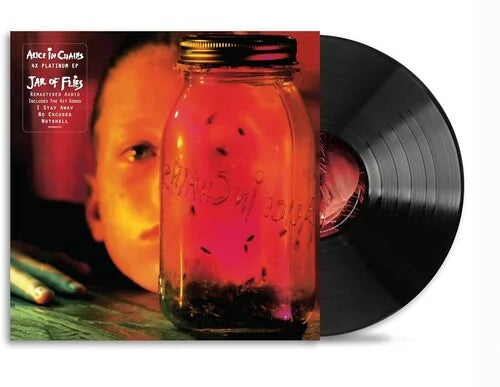
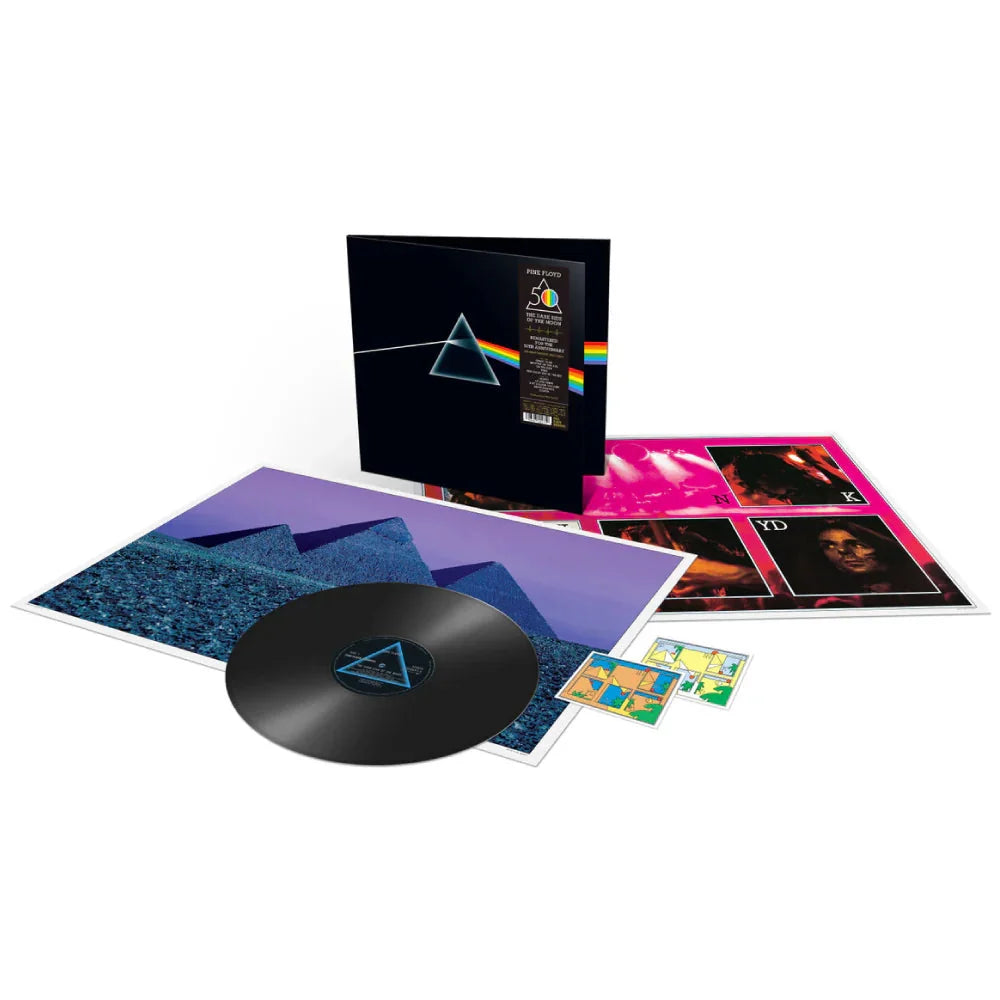
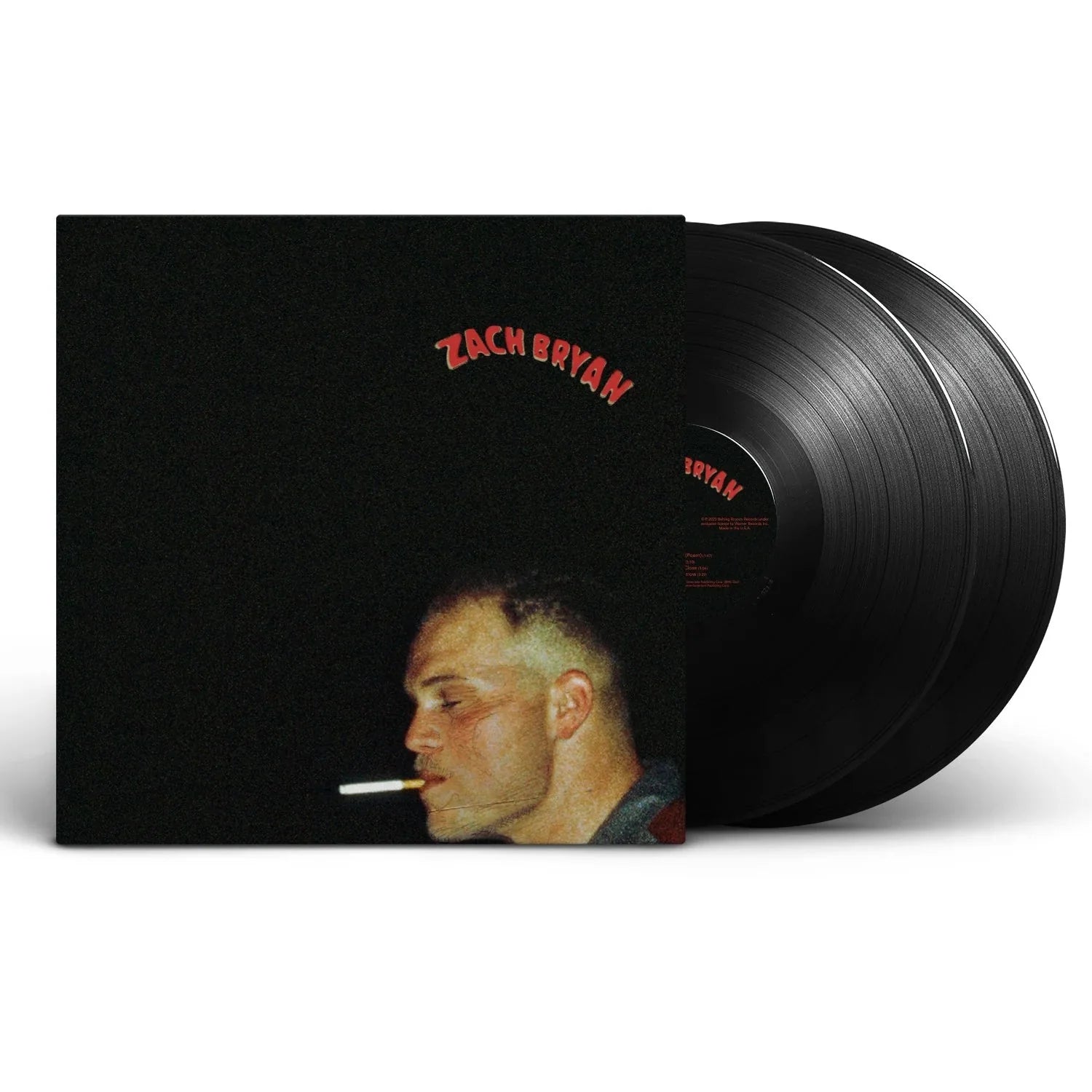
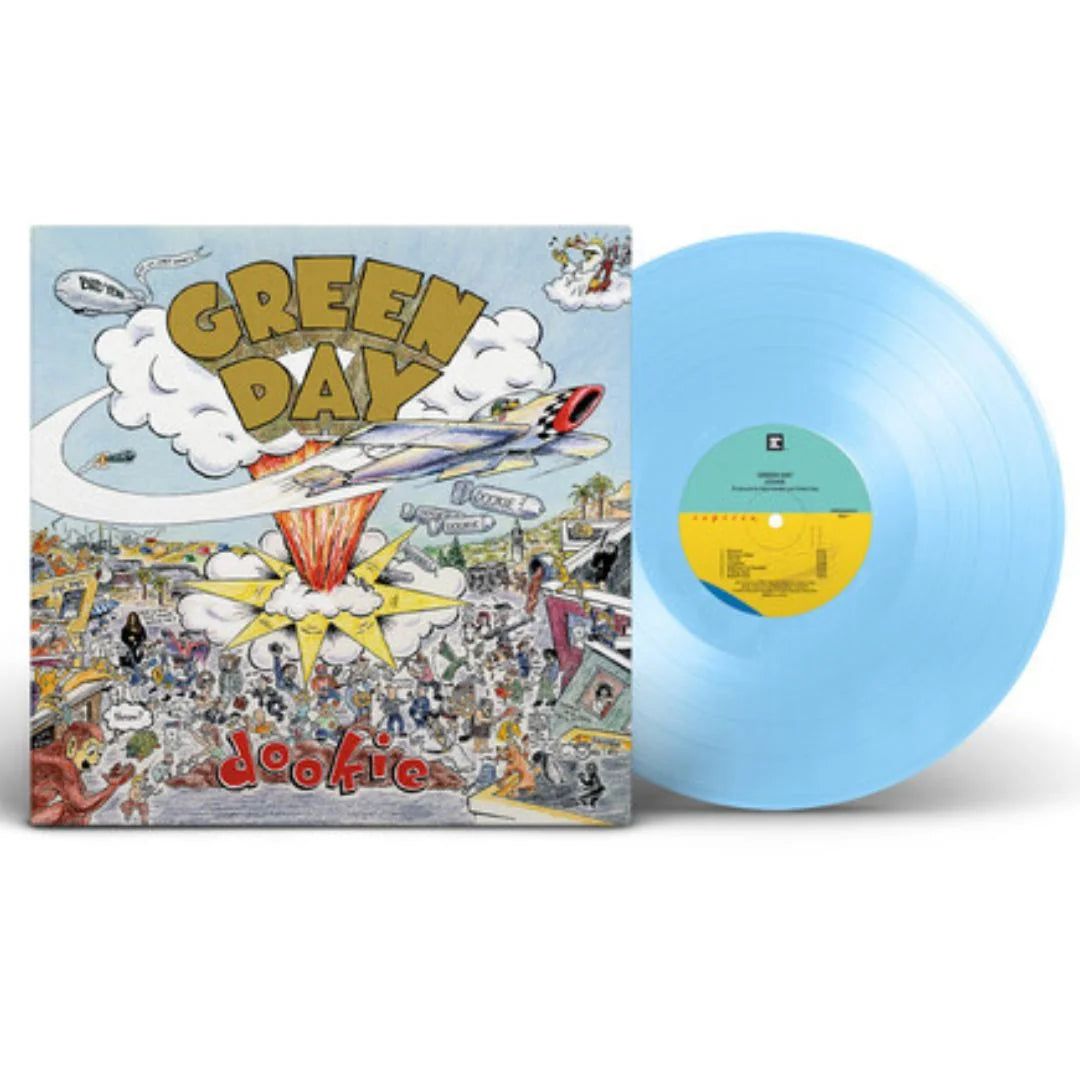
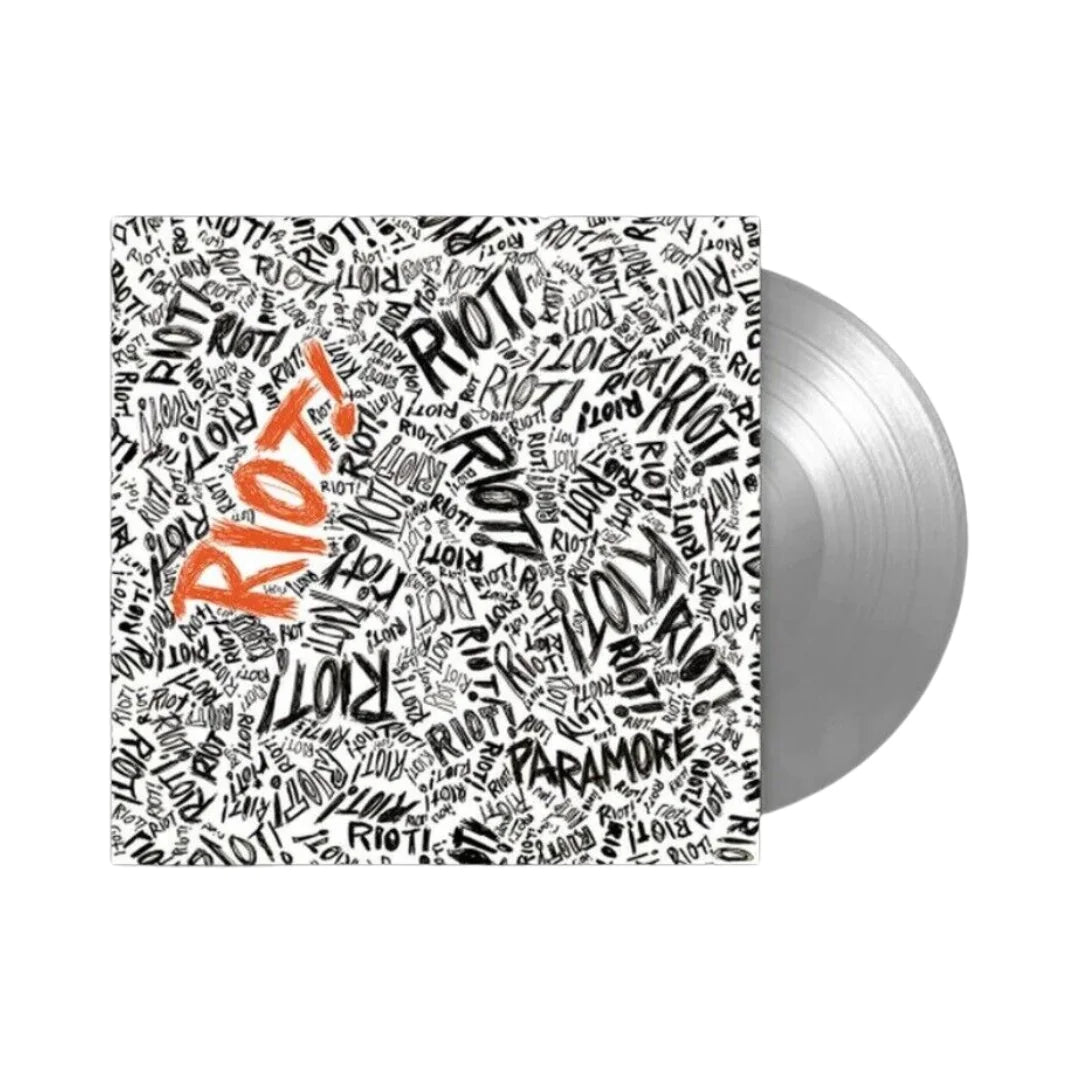
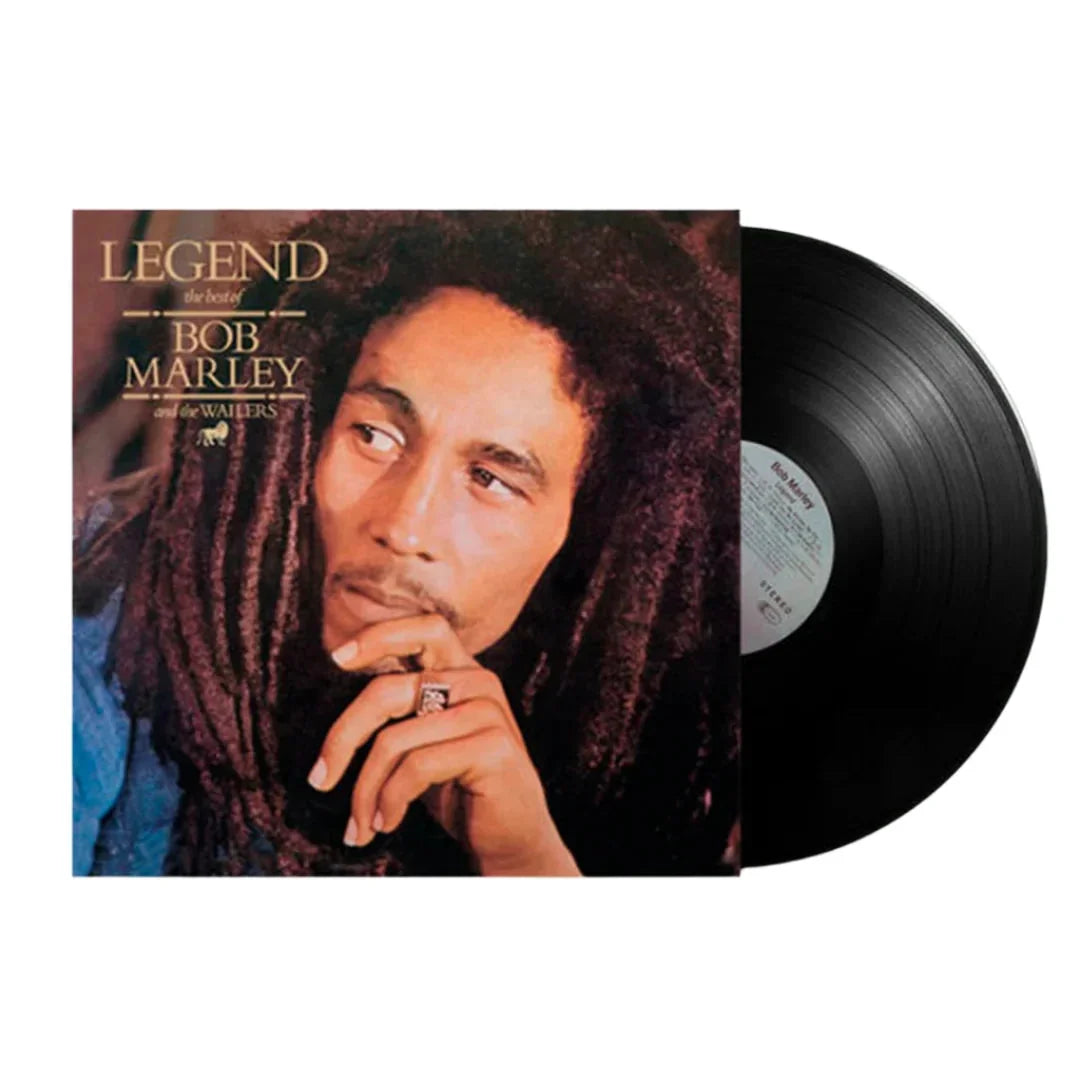
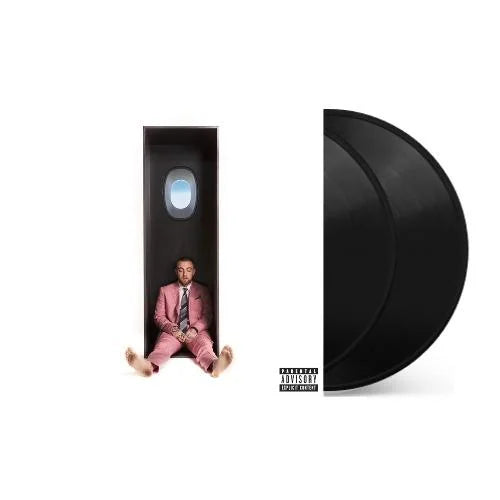
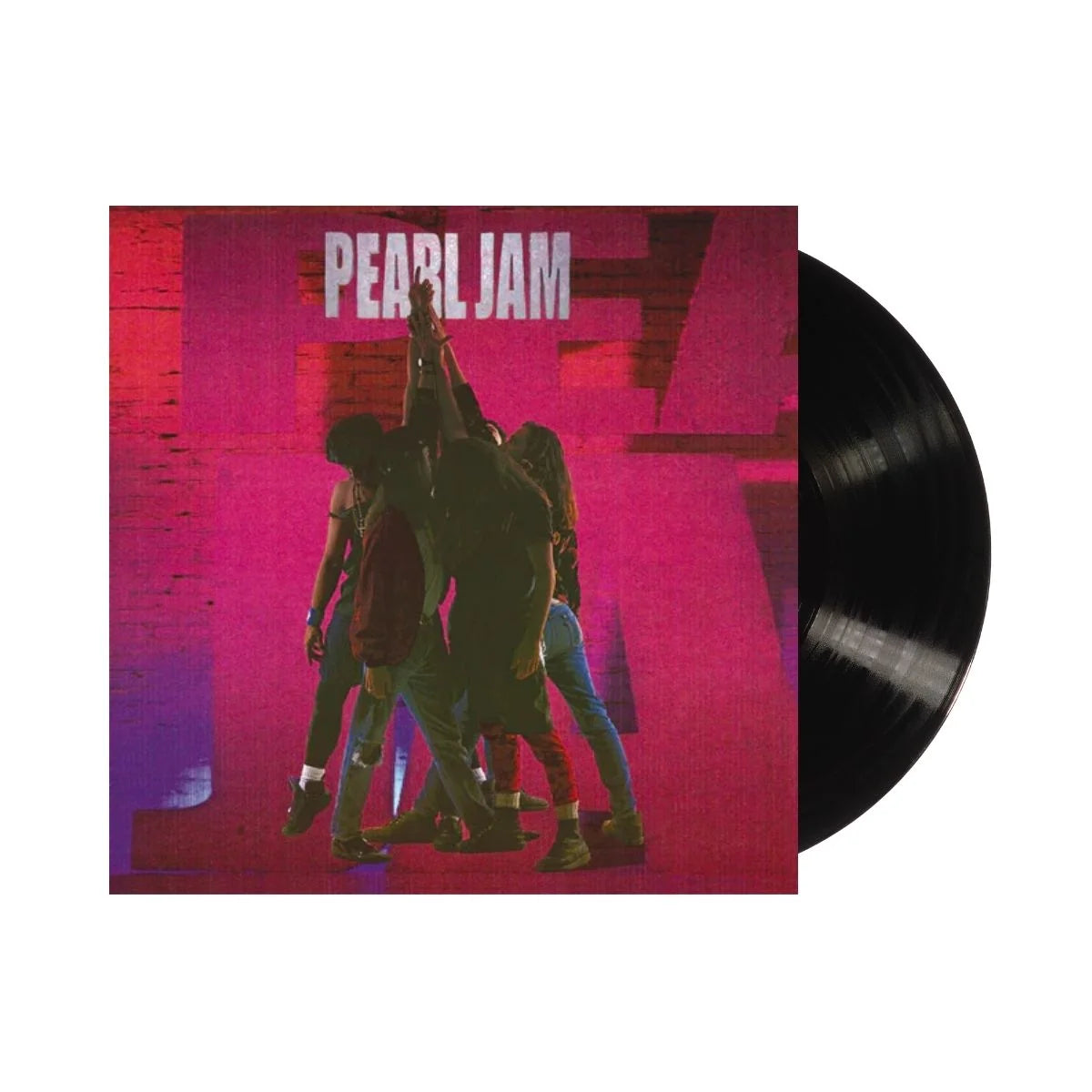
![The Grateful Dead - The Music Never Stopped [6LP Box Set]](http://vinyl.com/cdn/shop/files/The_Grateful_Dead-The_Music_Never_Stopped__6LP_Box_Set.jpg?v=1747729623&width=5760)
![The Grateful Dead - Madison Square Garden, New York, NY 3/9/81 (2023 Rocktober Edition) [5LP Box Set]](http://vinyl.com/cdn/shop/files/4247396-3042523.jpg?v=1758034700&width=5760)
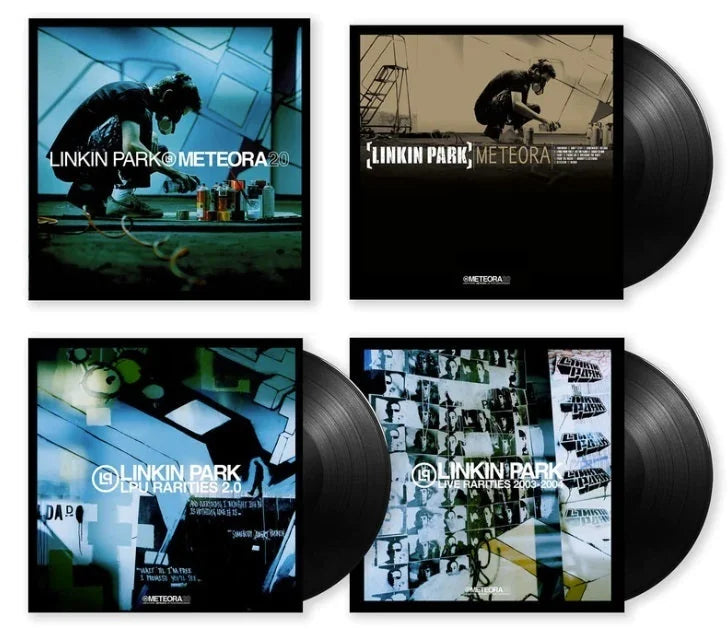
![Sufjan Stevens - Songs For Christmas [5LP Box Set]](http://vinyl.com/cdn/shop/files/3576666.jpg?v=1684195276&width=5760)
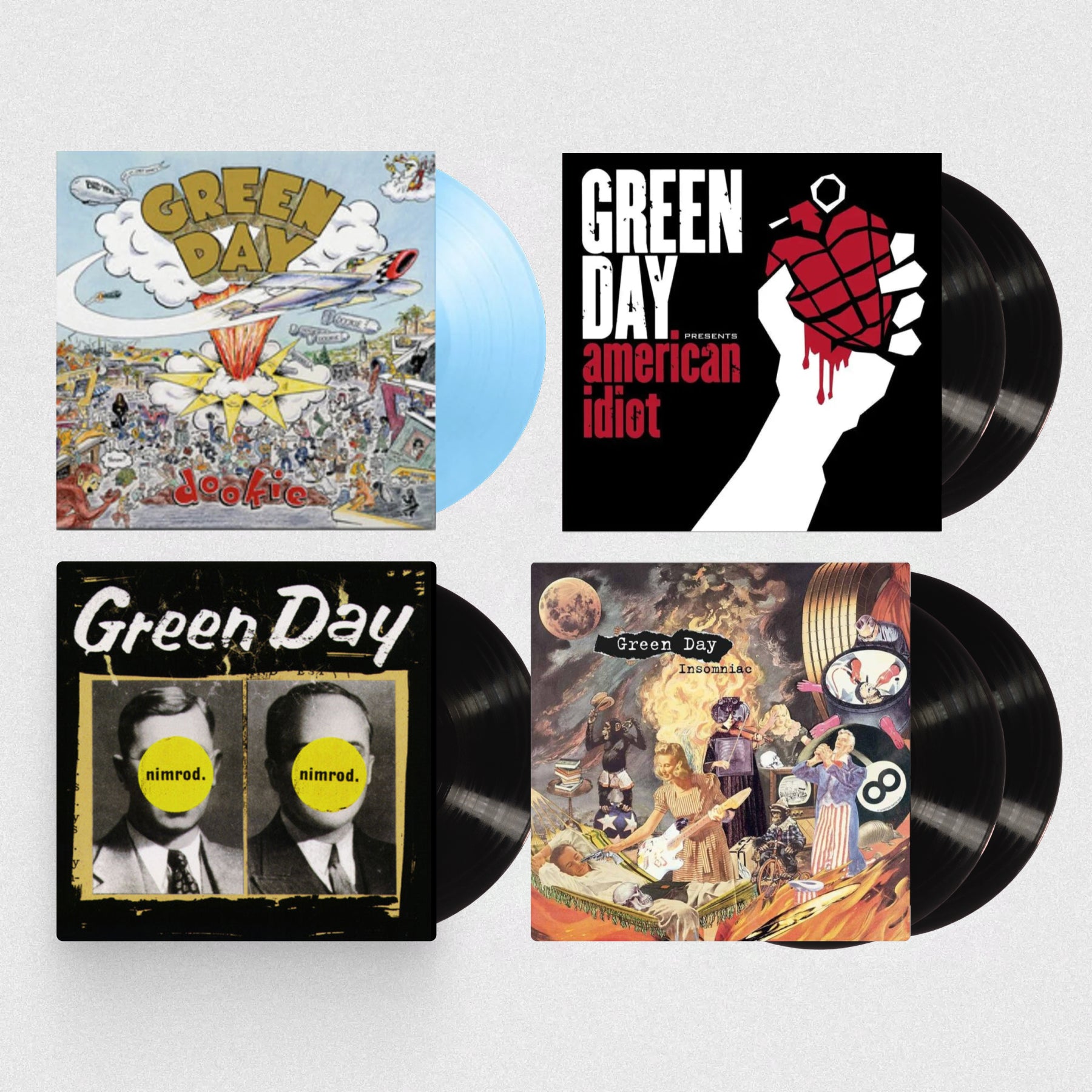
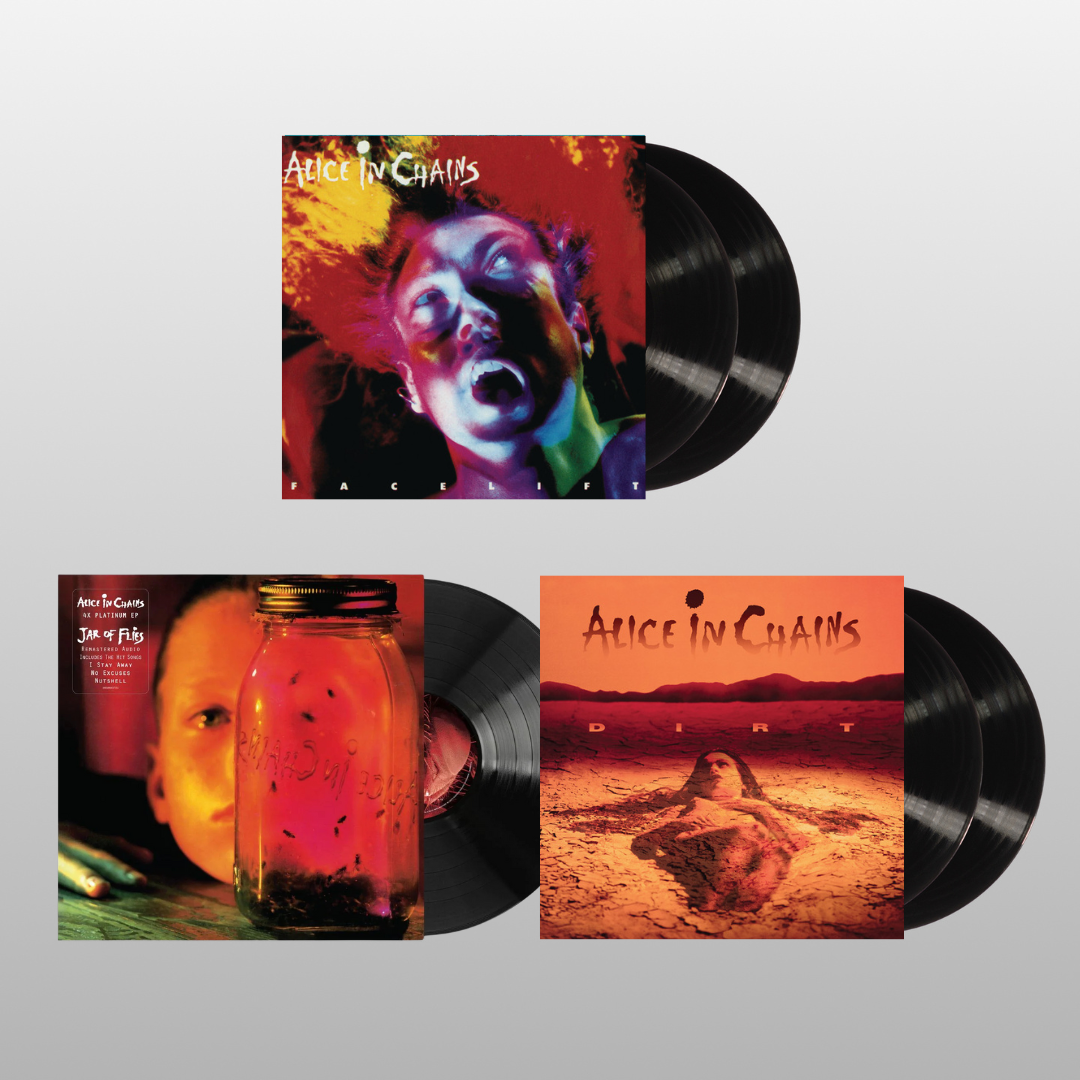
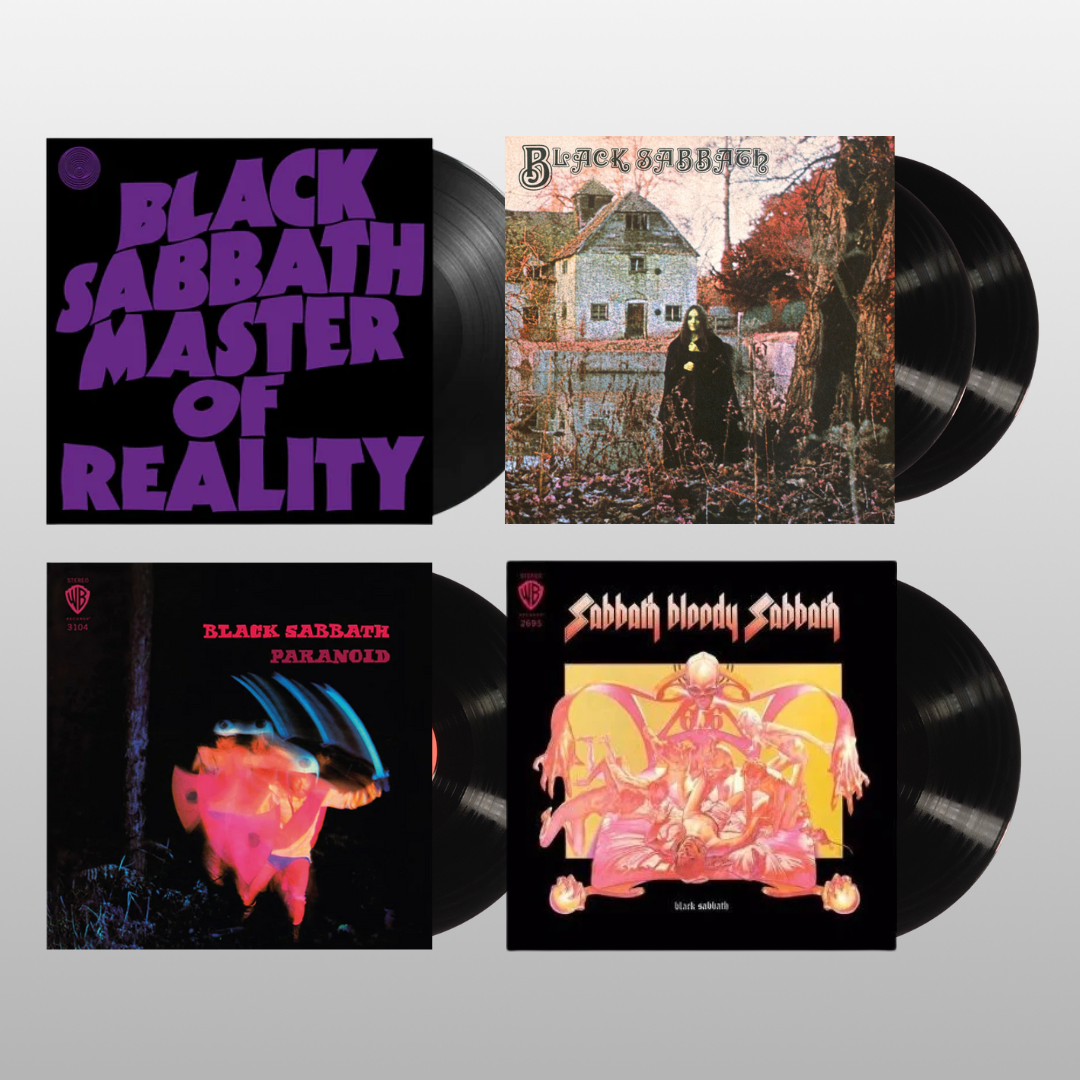


![$Uicideboy$ - Thy Kingdom Come [Clear]](http://vinyl.com/cdn/shop/files/4435583-3407920.jpg?v=1754460746&width=5760)
![(hed) p.e. - New And Improved [Pink]](http://vinyl.com/cdn/shop/files/4425252-3389420.jpg?v=1746578880&width=5760)
![1 Locate S - Wicked Jaw [Sky Blue]](http://vinyl.com/cdn/shop/files/4217742-2982879.jpg?v=1693273095&width=5760)
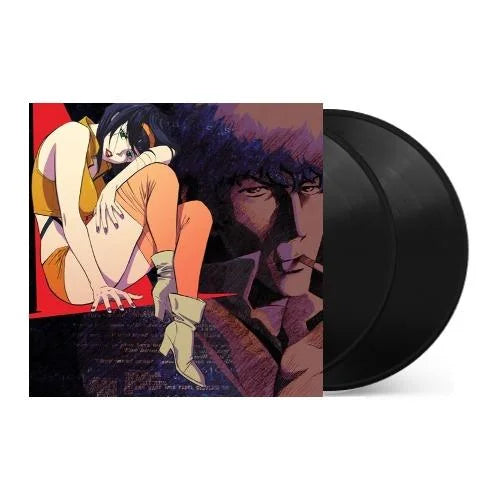


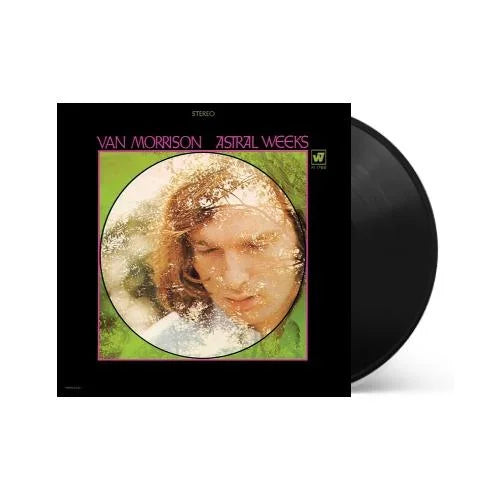
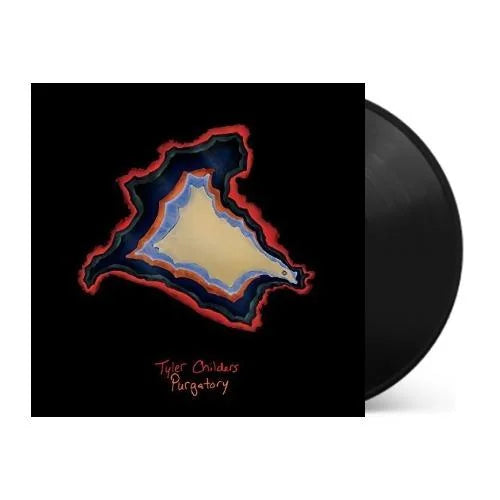
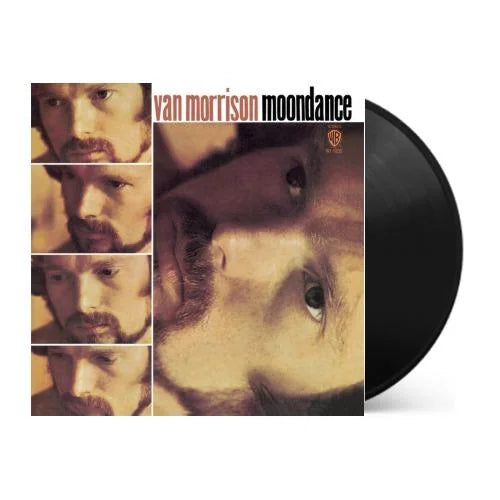

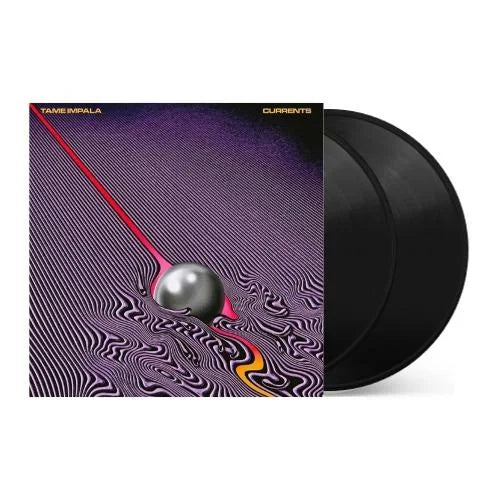
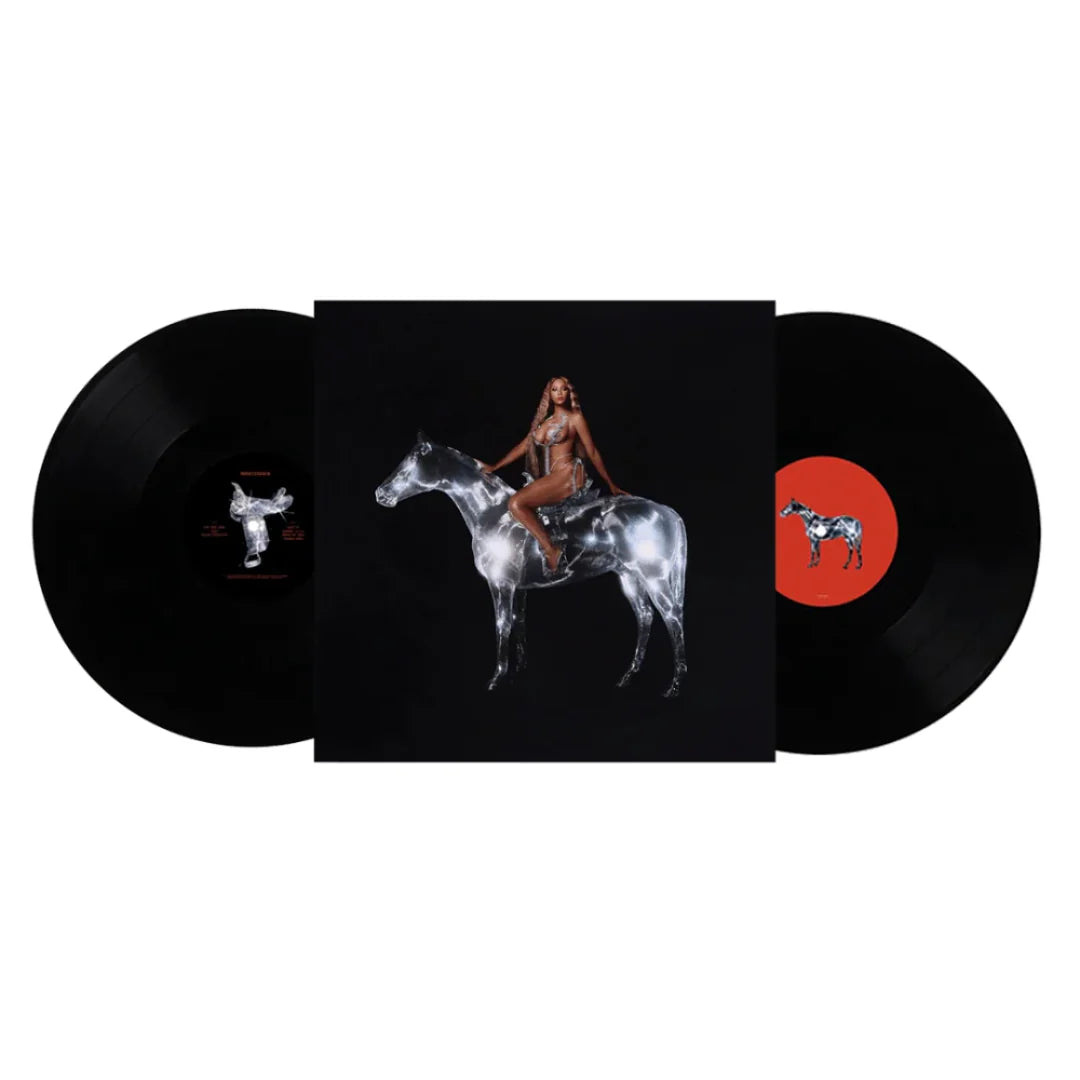
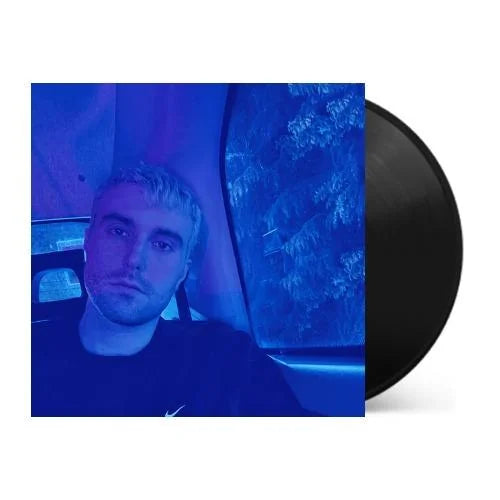

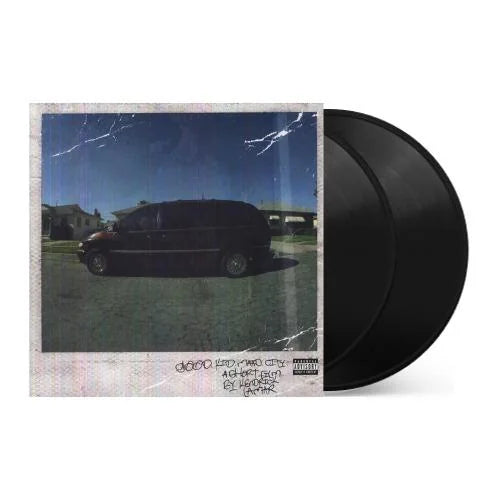
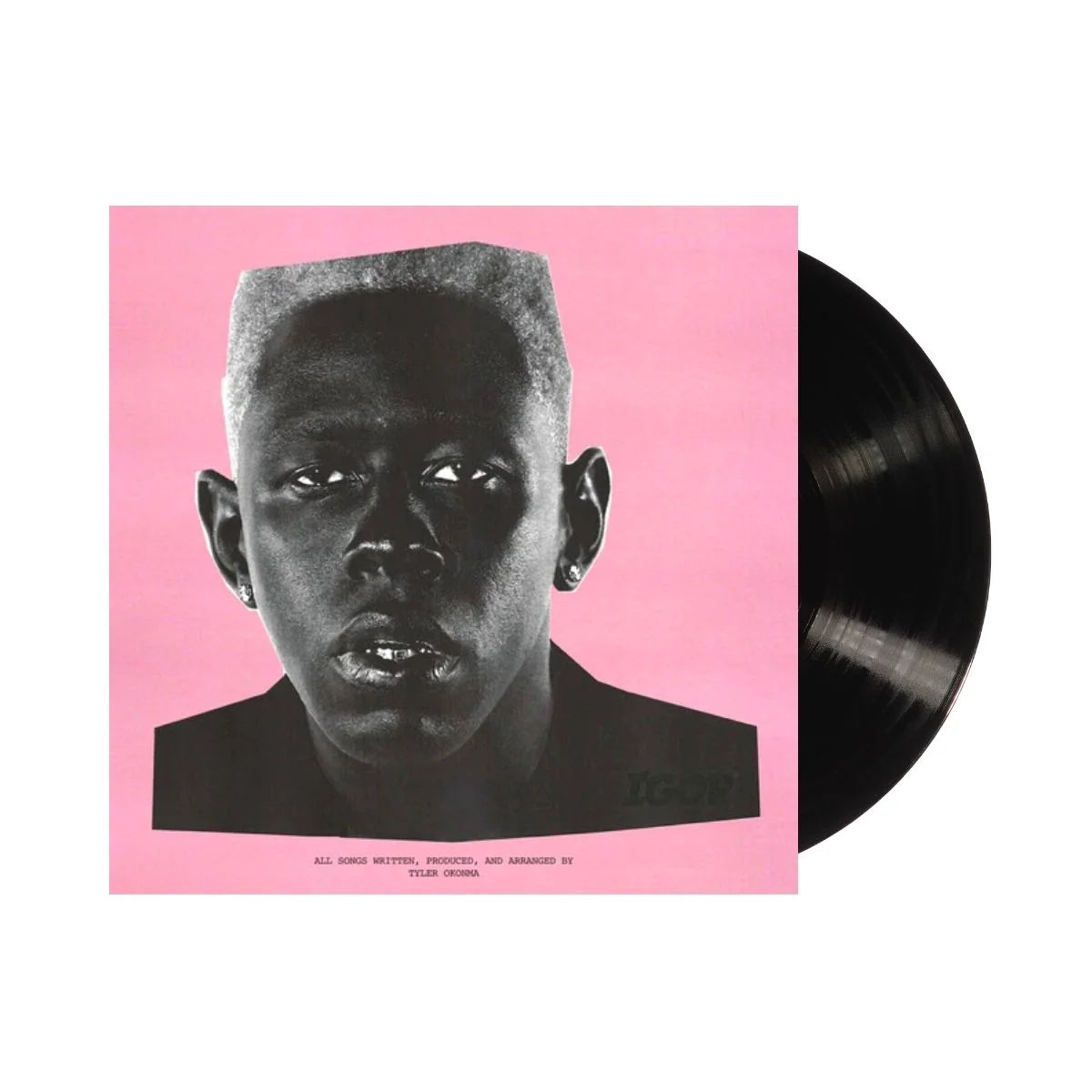
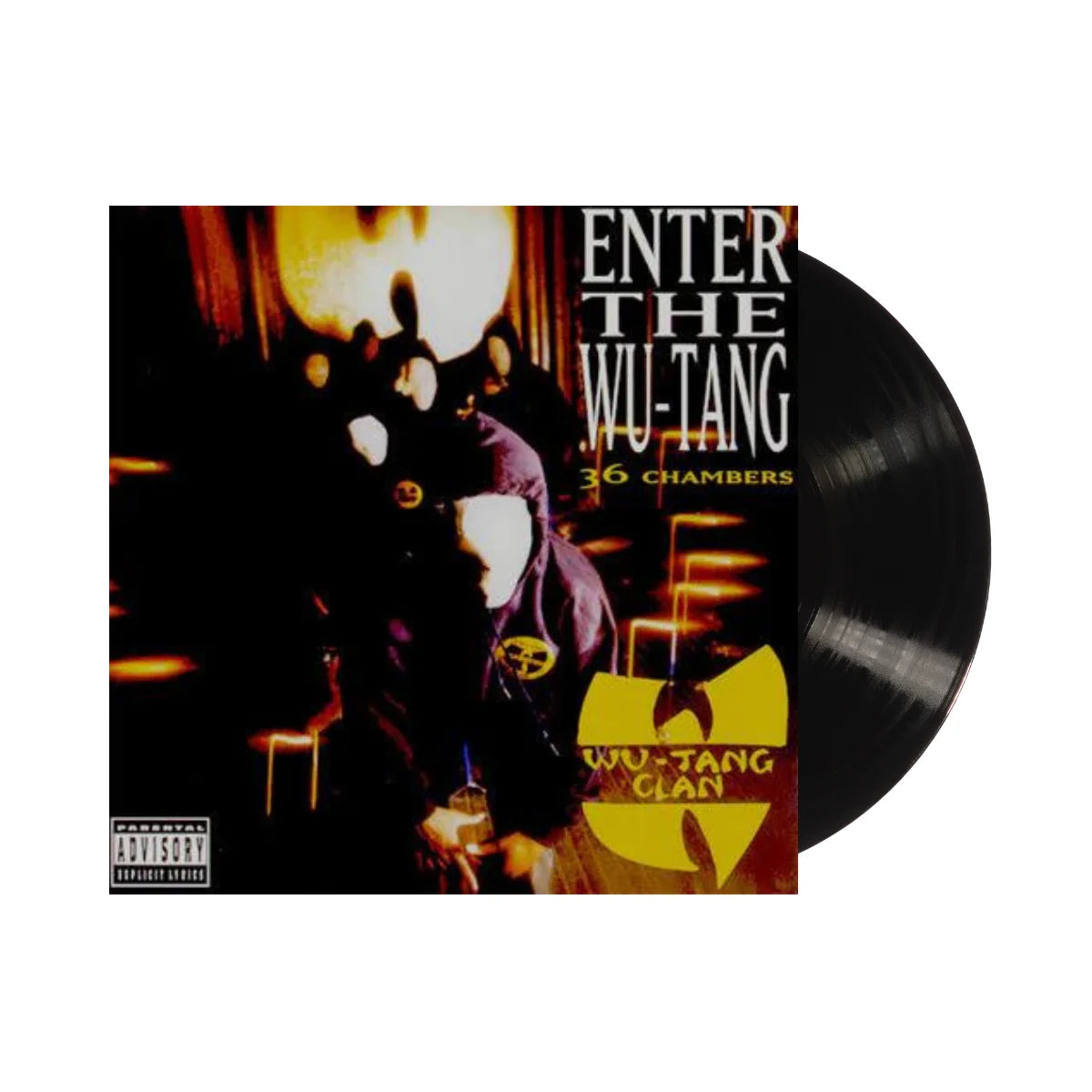
![Miles Davis - Kind of Blue [180-gram]](http://vinyl.com/cdn/shop/files/Y4LPMD03.webp?v=1742198237&width=5760)

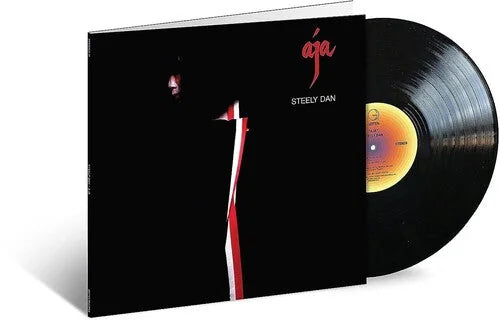
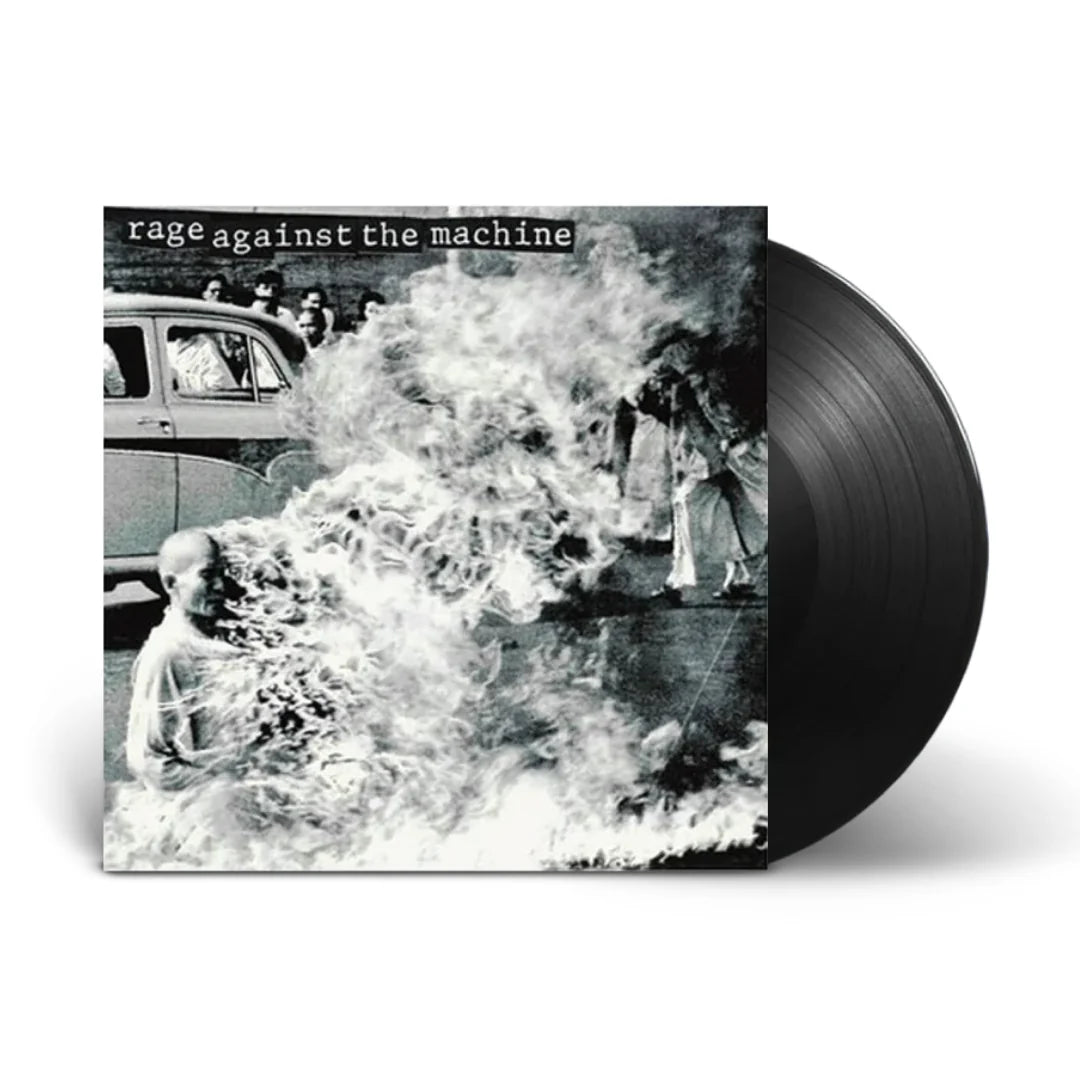
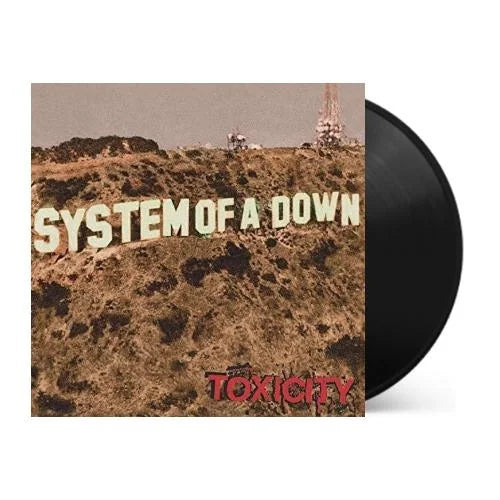
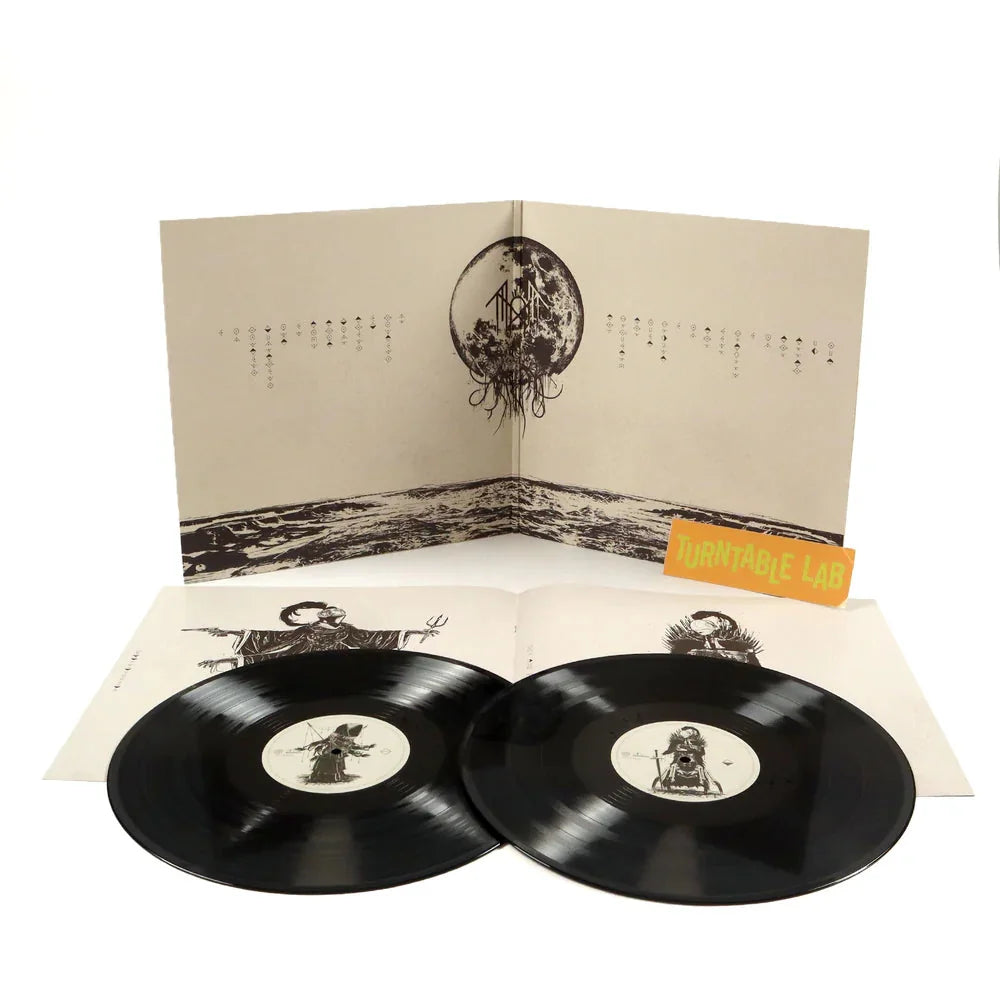
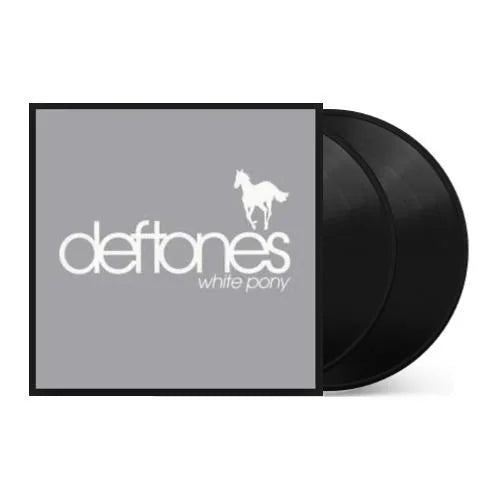
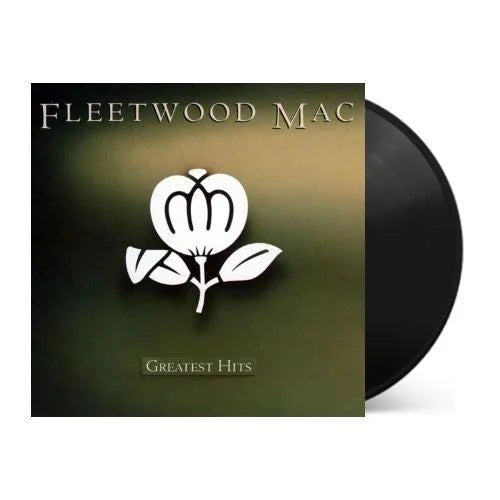
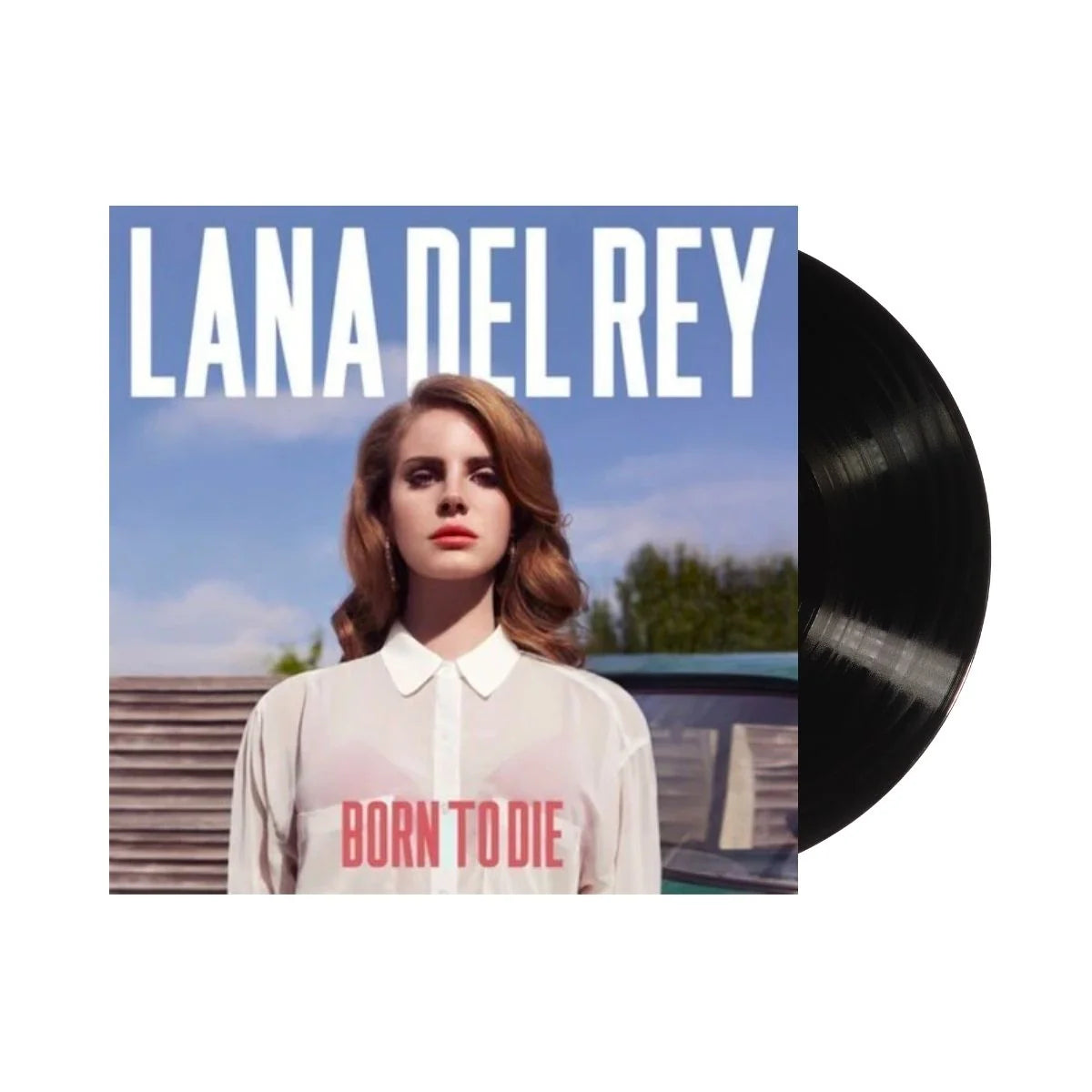
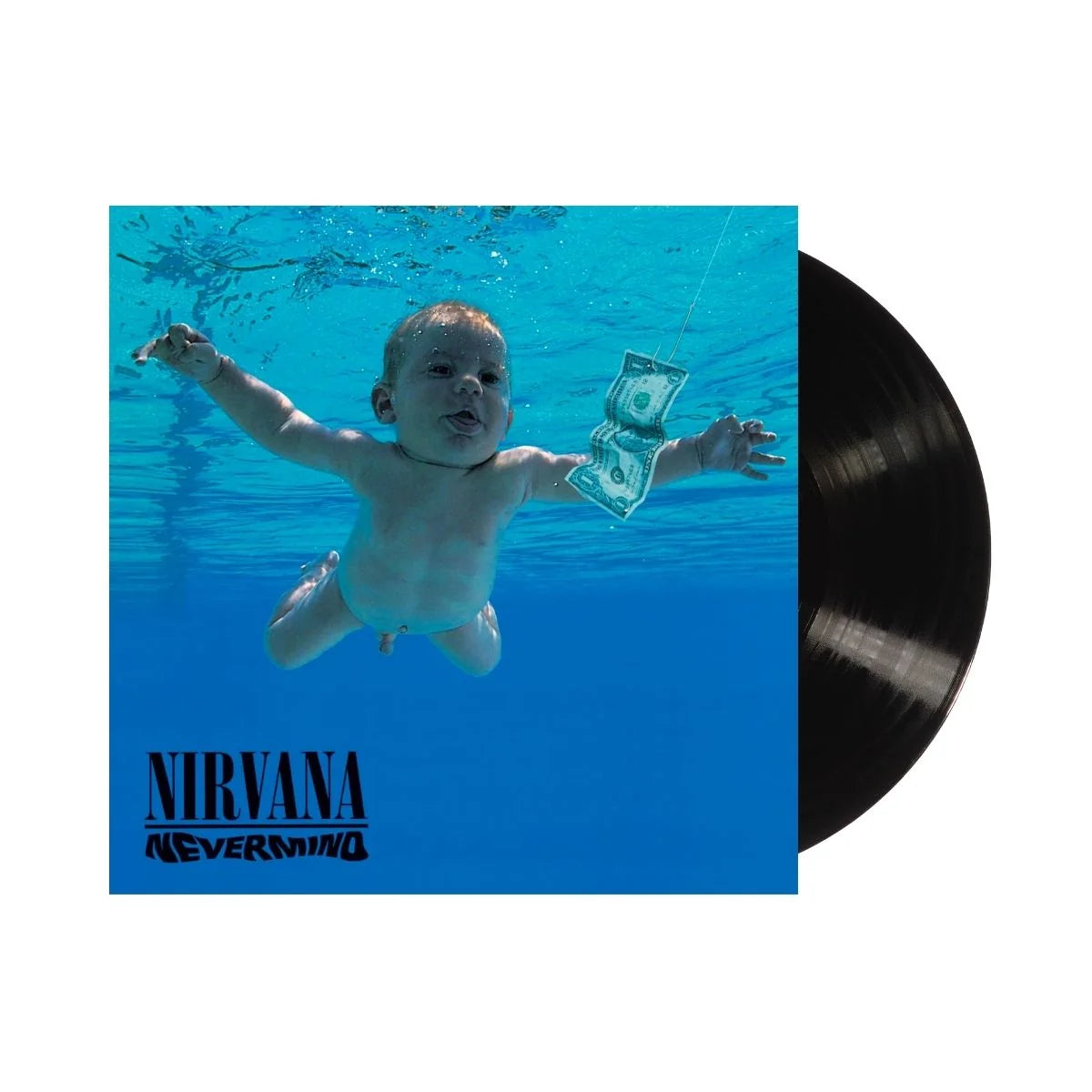
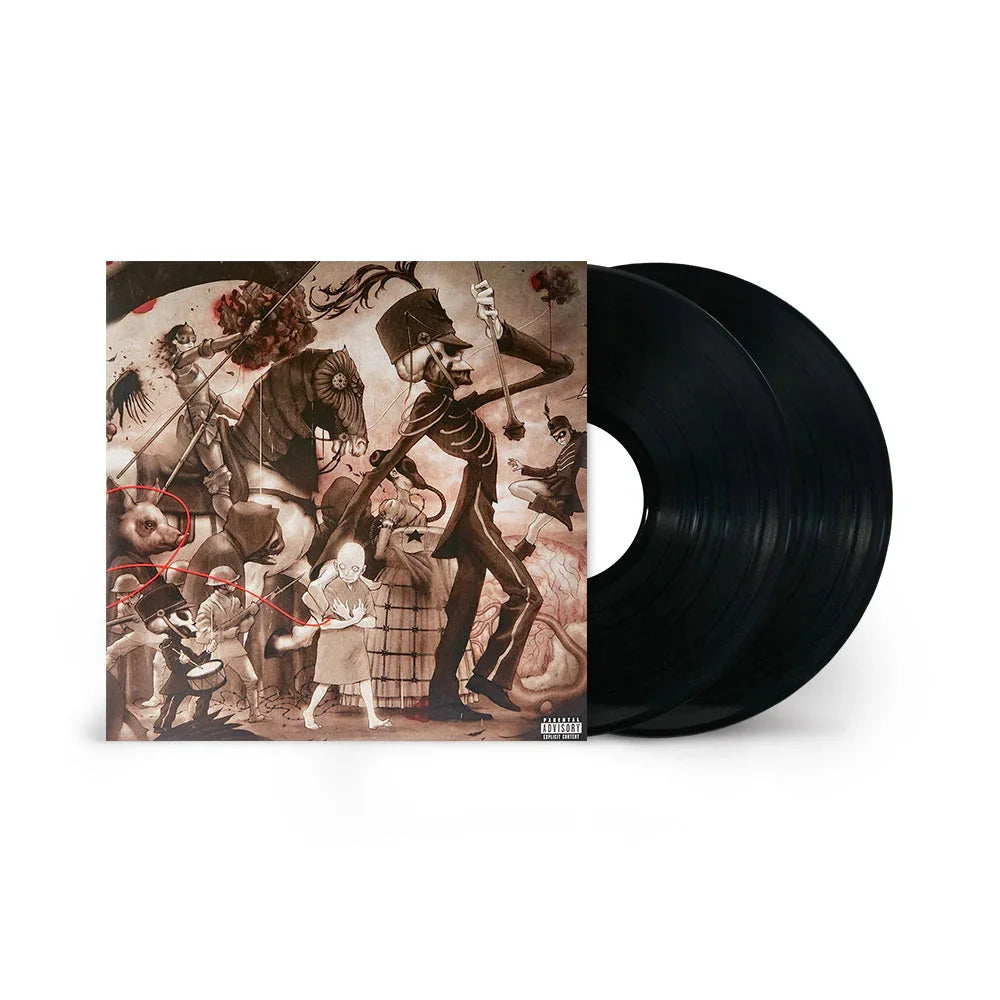
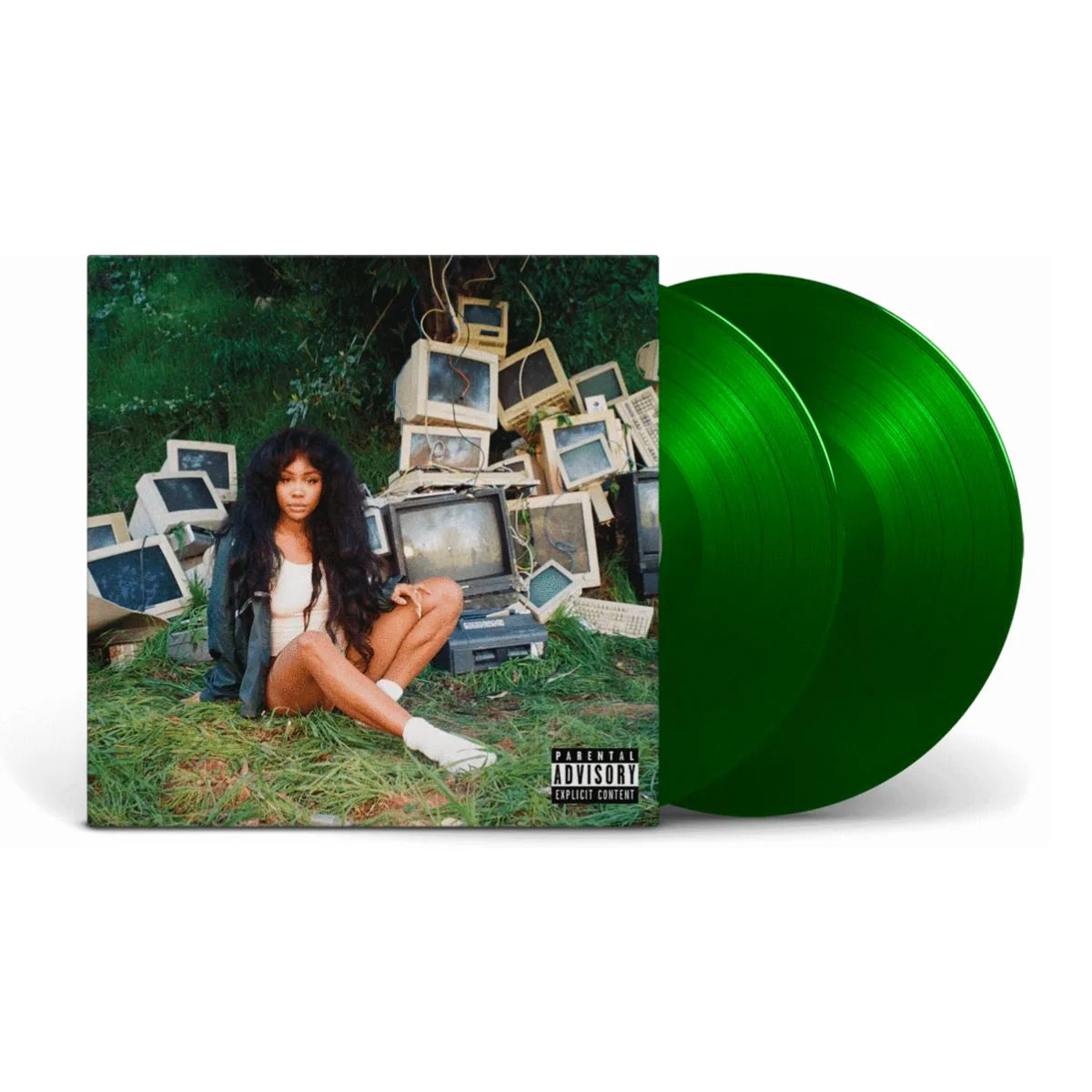
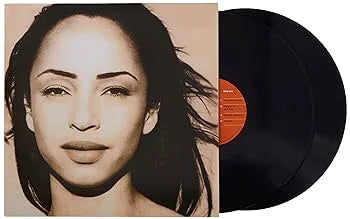
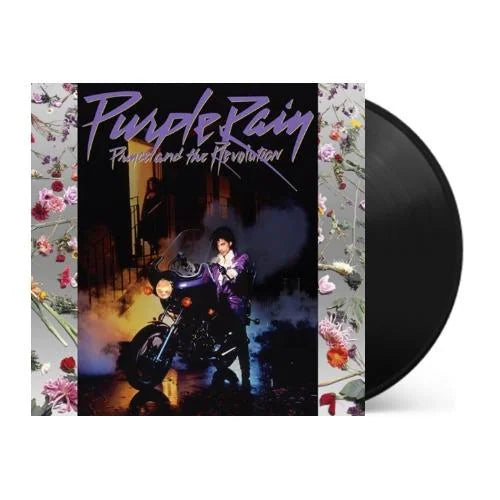
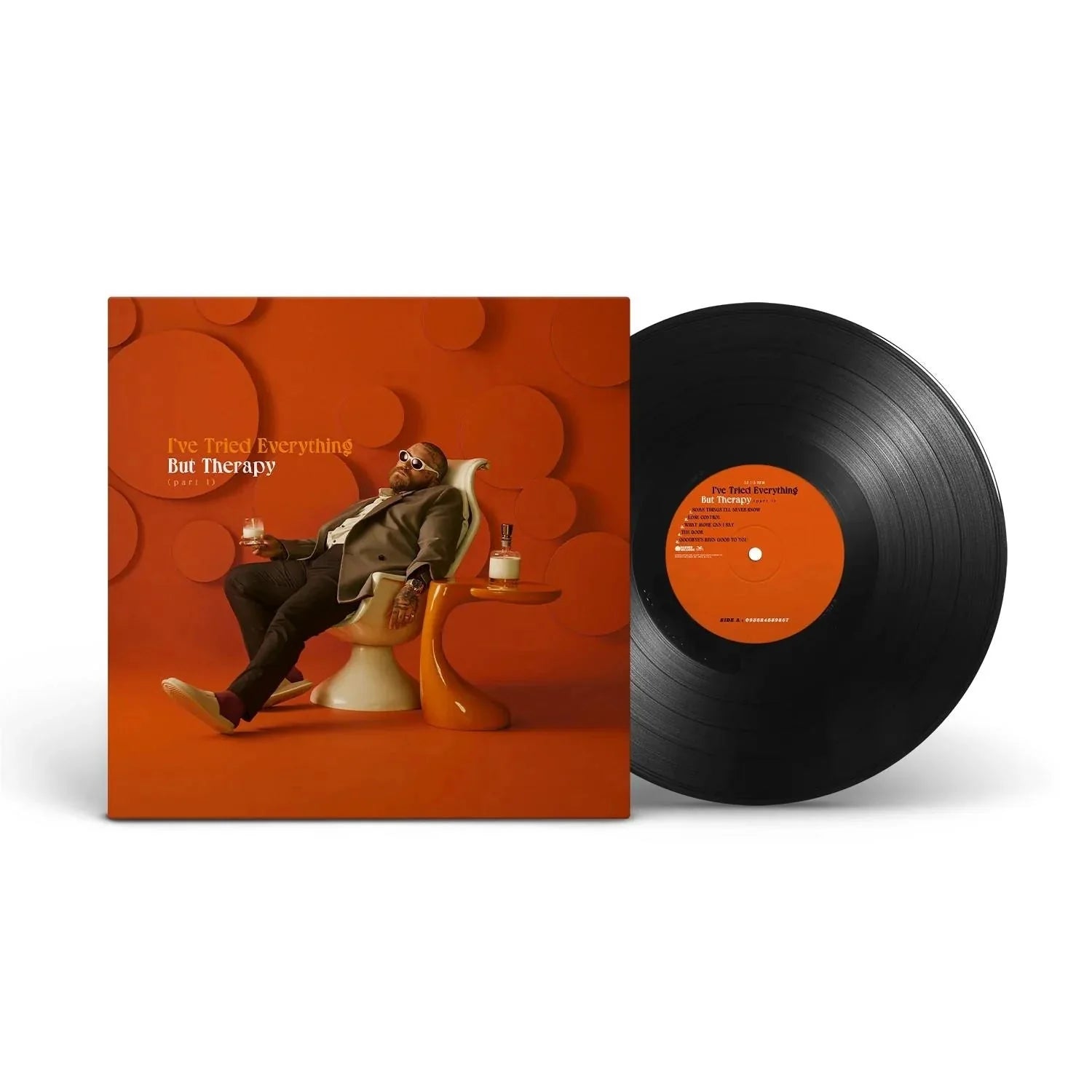
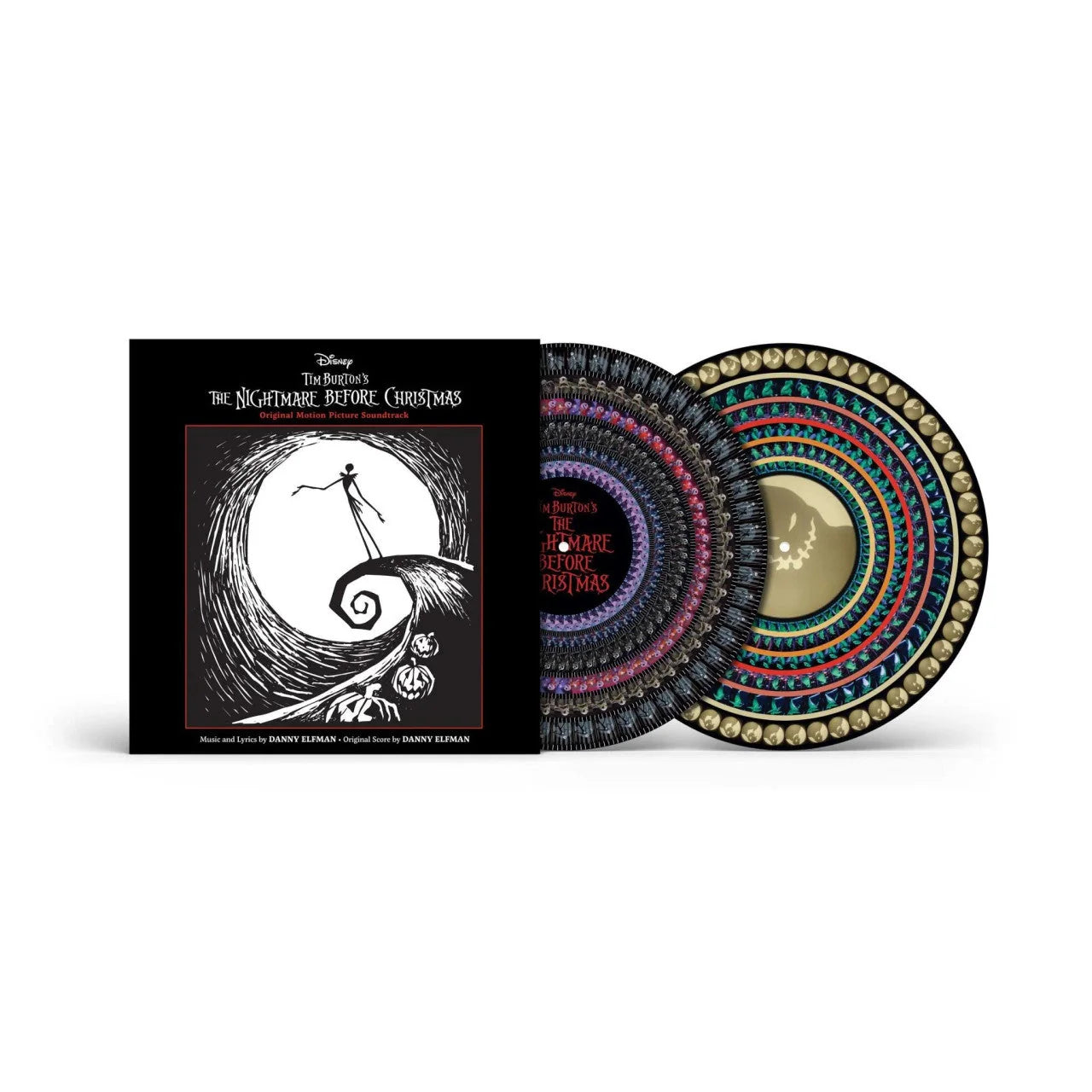
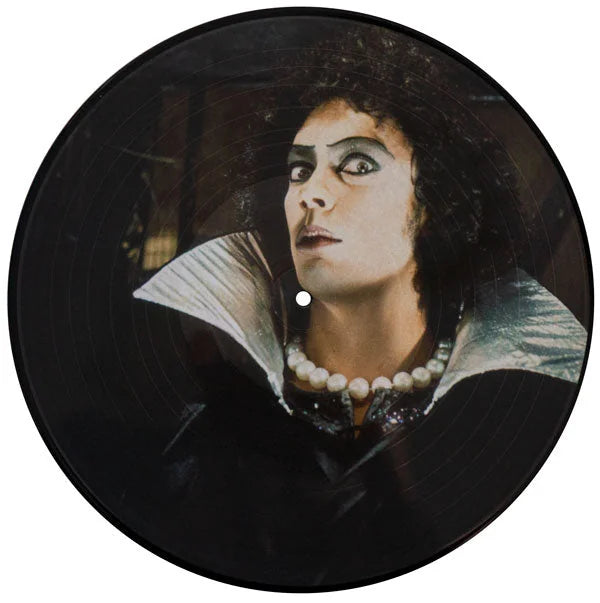
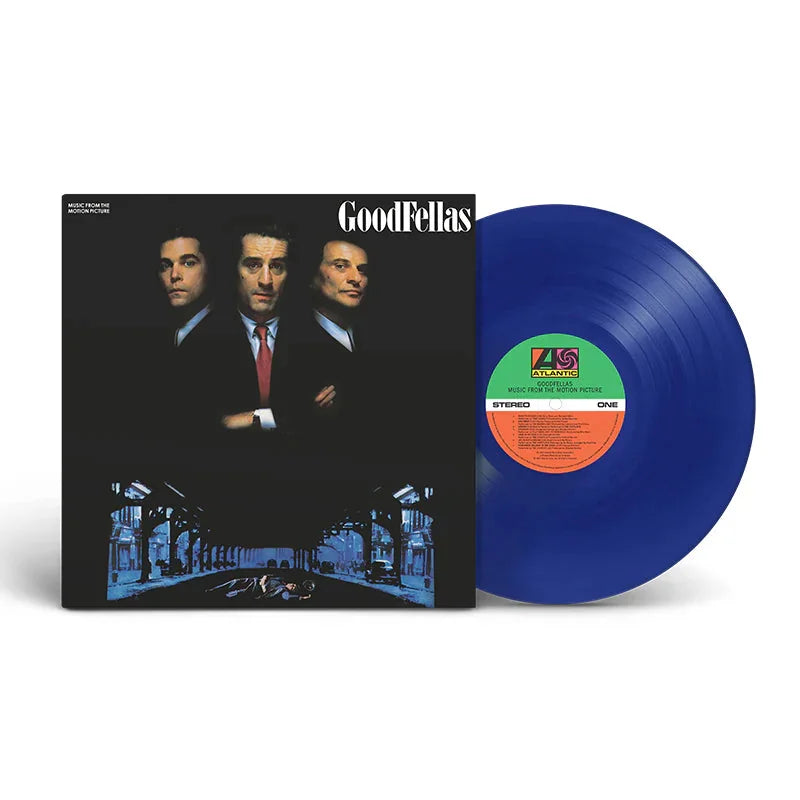
![Transformers: The Movie (Original Soundtrack) [Unicron Marbled 180-Gram]](http://vinyl.com/cdn/shop/files/4417308-3378319.jpg?v=1745982250&width=5760)









